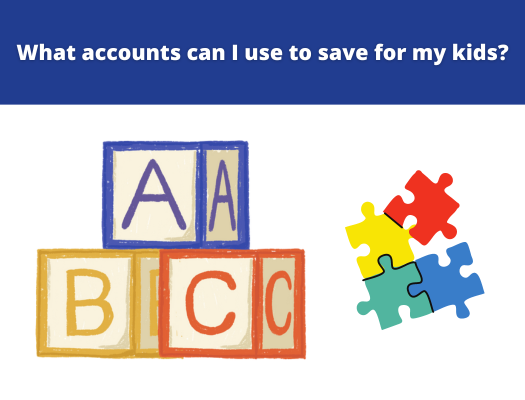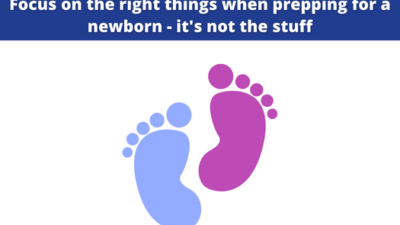At the end of 2022, Congress passed a $1.7T spending bill which also included updates to retirement accounts. Sources: Washington Post, Wall Street Journal, CNET.
See below for a quick summary of the changes.
For low income, emergency situations, beginner savers
Starting in 2023: Employers can enroll employees making up to $150K in 2023 into an emergency savings account linked to a 401(k). Employees can use their paychecks to save up to $2,500, and withdrawals are tax and penalty free
Starting 2024: More exceptions to the 10% early withdrawal penalty from retirement accounts. Anyone with a personal or family emergency can make an early withdrawal up to $1,000 a year penalty free
Starting in 2024: Solo 401(k) – you now have until your tax return deadline to open, and fund the account for the previous tax year, making it later than December 31
Starting in 2025 – new 401(k) and 403(b) plans must automatically enroll workers with 3-10% contributions of income. Employees may opt out after enrollment
Starting 2027: Receive a 50% match from the government for up to $2,000 in retirement contributions. Income limit: $35,500 single / $71,000 / married. Right now, this is being paid out to people as a saver’s credit after filing taxes.
How to access money in your old age
Required minimum distributions age raised from 72 to 73 in 2023, to 75 in 2033 (previously typo). Penalties are also reduced for missed RMDs from 50% to 25%.
Starting in 2025 – people ages 60+ can have catch-up contributions of $10,000 in both 401(k)s and IRAs, and this amount is expected to be indexed to inflation, so it’s likely to be more
IRA owners ages 70.5+ can now make a one time withdrawal up to $50K to fund a charitable gift annuity / charitable remainder trust, and have it not count towards income, but does count towards RMDs
Other changes
Roth 401(k) matching – employees can now have matching contributions go into the Roth side of an employee’s 401(k) account (used to be traditional side only).
Starting in 2024: If you have 529 savings in your name and the account has been open for at least 15 years, you can roll up to $35,000 in your lifetime directly into a Roth IRA account, subject to annual IRA contribution limits. So it doesn’t really increase your ability to contribute to Roth, it simply allows you to use money that perhaps other people saved for you and didn’t end up being used for education (and is thus subject to a withdrawal penalty).
In summary
For most readers in their 20s – 40s, these changes are largely irrelevant. However, for people ready to start withdrawing for retirement, or need to catch up to contribute to retirement, these changes can help defer taxes for a few more years, which is advantageous to let your savings grow. However, as is always with the government, more changes may come as law makers change their mind.
Want to have retirement explained to you in plain English? Sign up for the Save My Retirement Masterclass, a crash course in saving a retirement in the U.S.










